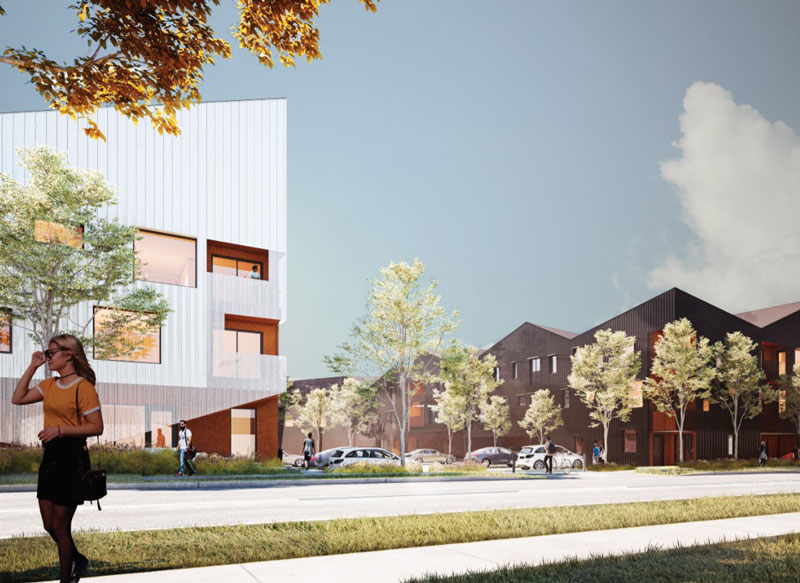Achieving the UN's Sustainable Development Goals through Integration of Social Procurement in Construction Projects

By David LePage and Tim Coldwell
Every purchase has an economic, environmental, cultural, and social impact. Social procurement is the intentional effort to leverage social value outcomes from existing purchasing. With social procurement, price is no longer the only consideration; rather it is weighed against other factors.
When we use social procurement to purchase goods, services, or to choose a construction contractor, we are deliberately balancing the environmental impact, the social value outcomes, the product or service requirements, and the price.
Over the past decade we have witnessed the emergence of social procurement policies and initiatives across numerous corporate and political entities, as they adjust their historic purchasing criteria from lowest price to best value. Leveraging a social value from their existing buying offers an opportunity to solve persistent and complex social and environmental issues, which achieve the UN Sustainability Goals.
The Role of Government
Recognizing their purchasing power, governments have become the prime movers in the social procurement initiatives. “As the largest public buyer of goods and services, the Government of Canada can use its purchasing power for the greater good. We are using our purchasing power to contribute to socio-economic benefits for Canadians, increase competition in our procurements and foster innovation in Canada.”
The size and breadth of governments’ purchasing power includes billions of dollars of spending every year on construction projects and infrastructure investments. From school building repairs, building a new firehall, a road replacement, or a new bridge, they all require hiring labour and purchasing a myriad of goods and services.
Social Value Market Place Demand & Supply
The purpose of social procurement and community benefit models is to leverage the demand side of the construction industry market to achieve added social value. The more demand there is for a social value supplier, the more social value is created.
This global shift toward social procurement and community benefits in construction is a clear path to achieving multiple Sustainable Development Goals, SDGs. From ending poverty to impacting climate change, the construction industry holds a set of important keys to influence these outcomes.
Buy Social Canada is a social enterprise that advocates and supports the design and implementation of social procurement policy and programs. In its work across multiple projects Buy Social Canada has identified four key potential social value outcomes that can be achieved when social procurement is integrated into construction projects: jobs, training and apprenticeships, social value supply chain, and community development.
Social Value Suppliers: Mike’s Story
(Although fictional, this narrative is emblematic of the challenges faced by many people wishing to establish, or
re-establish, a career path in construction.)
Mike, with seven years of experience as a Red Seal Carpenter, was injured on the job. The injury recovery required pain medication. The prescription led to a drug dependency which led to addiction, which led to Mike losing his health, his job, and benefits, and required a tough three-year struggle through recovery. Now Mike faced a new battle, with resume in hand, but a three-year gap in work. Those who doubted his potential to re-enter the labour market kept him unemployed. He faced self-doubt.
A friend recommended he go to check out Embers, since they hire day labour staff for the construction industry. Mike, with work boots, hard hat and tools from the EMBERS library, was on a job site the next day. Once on the job he was able to demonstrate his skills, and commitment to work a full day, every day. Within three months the General Contractor on the project, seeing Mike’s skills and commitment, offered him a full-time permanent job.
Mike’s journey is not that uncommon. This result happened because the General Contractor was meeting the requirements of a social procurement agreement on the work site. To meet social value targets to support hiring persons facing barriers to employment the GC had contracted EMBERS to provide day labour.
SUBSCRIBE TO THE DIGITAL OR PRINT ISSUE OF SABMAGAZINE FOR THE FULL VERSION OF THIS ARTICLE.
